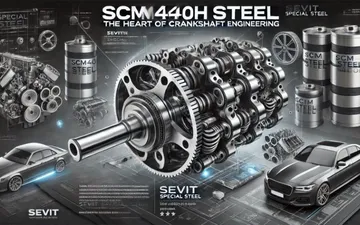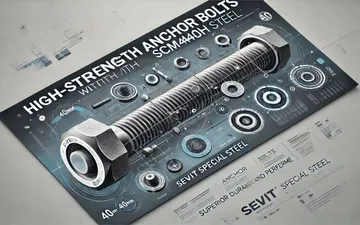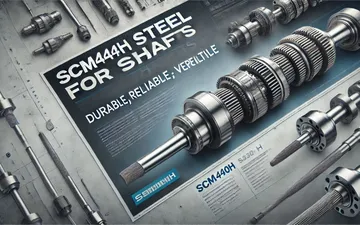Hardness measuring unit HRC
HRC is commonly used in measuring steel hardness SKD11, DC11, SKD61, SCM440H. Why is the HRC hardness measuring unit that is applied so much?
Hardness is considered one of the important measurement criteria for materials. And today, there are many units used to measure hardness, including HR (HRC - HRB), HB, HV, ...

In our country, the Rockwell Hardness Unit (HRC) is used quite commonly. Therefore, Sevit today would like to introduce readers to what is the HRC hardness measuring unit in the article below.
1. History of Rockwell hardness measurement method
In 1914, two scientists named Hugh M. Rockwell and Stanley P. Rockwell discovered Rockwell hardness testing method based on the basic concepts of hardness measurement through the differential depth of the Austrian professor. (named Ludwig).
Since then Rockwell hardness measurement method was born. And this method was then used quite commonly in quickly determining the effect of heat treatment materials.
2. Rockwell hardness measurement method
According to this method, a diamond tip has a top angle of 120 ° and a radius of curvature R = 0.2 mm or a hardened steel ball with a diameter of 1/16, 1/8, 1/4, 1 / 2 inches is pressed onto the surface of the object to be tested. Hardness is determined by alternately acting on a diamond ball or nose with two successive pressures.
Depending on the type and size of the probe as well as the value of force applied, Rockwell hardness is divided into 3 scales, RA, RB, RC.
3. What is the HRC hardness measuring unit?
Hardness Rockwell C (Hardness Rockwell C) is a measure of the hardness of materials such as steel SKD11, SKD61, SCM440H, DC11, etc.
On a hardness tester using a Rockwell measuring unit, there is a C scale (black letters) with a diamond tip and a pressure of 150 kg. Scale C is used to measure medium and high hardness materials (steel after heat treatment: I vacuum, I oil, ...).
In addition, there is also a scale B (in red) used to test the hardness of unburnt steel, copper, ... with a force of 100 kg and a scale A with a force of 60 kg.
Depending on the material we use the scale accordingly. To facilitate the selection of methods of determining hardness we can preliminarily classify as follows:
- Low hardness type: Including materials with hardness less than 20 HRC, 100 HRB.
- Medium hardness type: Hardness value is in the range of 25 HRC - 45 HRC.
- High hardness type: Hardness values from 52 HRC - 60 HRC.
- Very high hardness type: Hardness value greater than 62 HRC.
4. Advantages and disadvantages of Rockwell hardness measurement method
|
Stt |
Advantages |
Disadvantages |
| 1 |
Quick and easy |
Many scales with different payload |
|
2 |
No need for an optical system |
Range of small details, accurate |
|
3 |
Less affected by surface roughness |
Thin sheet material and plating material give inaccurate results |
Above is information about the unit of measurement of material hardness HRC. Hopefully, the above content will help readers have more information and applications for their work appropriately. See you in the next article.
Hopefully the above information will solve the problems that readers are having. If you want to get more specific advice about industrial steels, readers can contact 0332 91 61 61 or chat online with us.
Contact Sevit:
* Tel: +84 332 91 61 61
* Email: sales@sevit.vn
* Zalo: Sevit Special Steel


 Vietnamese
Vietnamese
 日本語
日本語






 Online
: 4
Online
: 4 Hits today
: 34
Hits today
: 34 Hits yesterday
: 304
Hits yesterday
: 304 Visits of the month
: 2847
Visits of the month
: 2847 Total access
: 1007830
Total access
: 1007830

